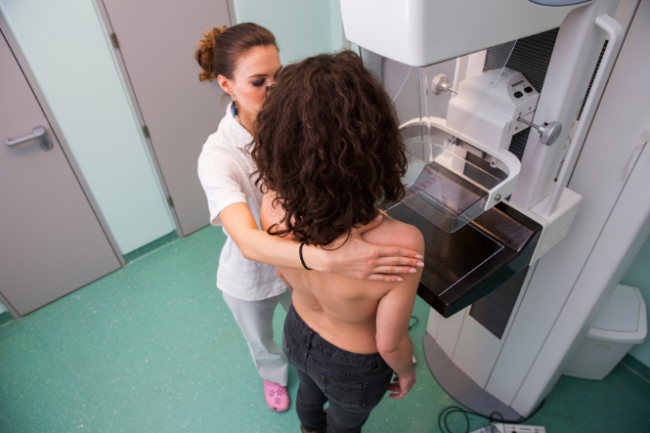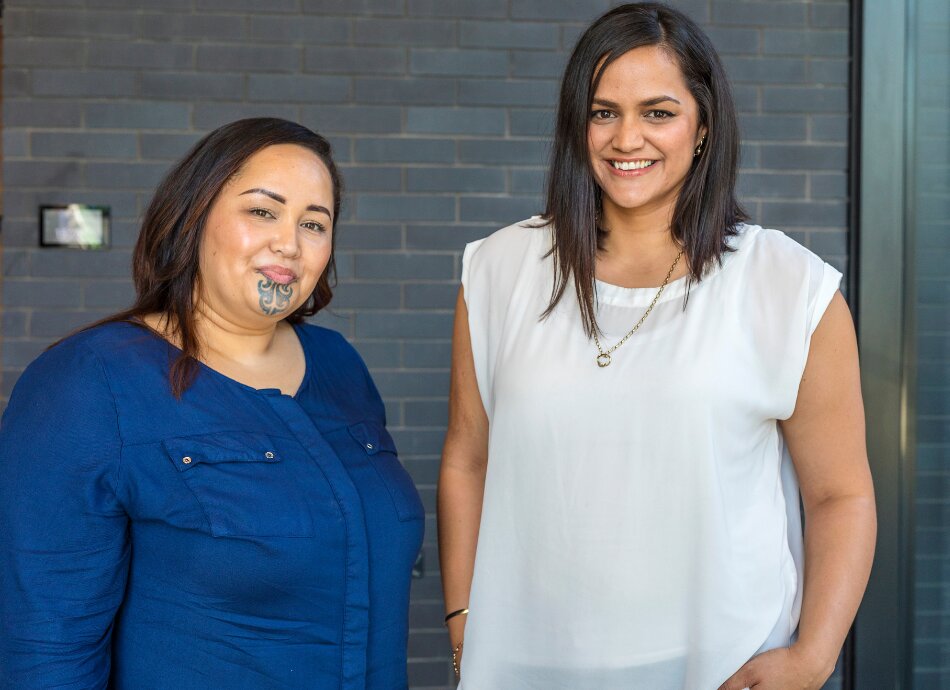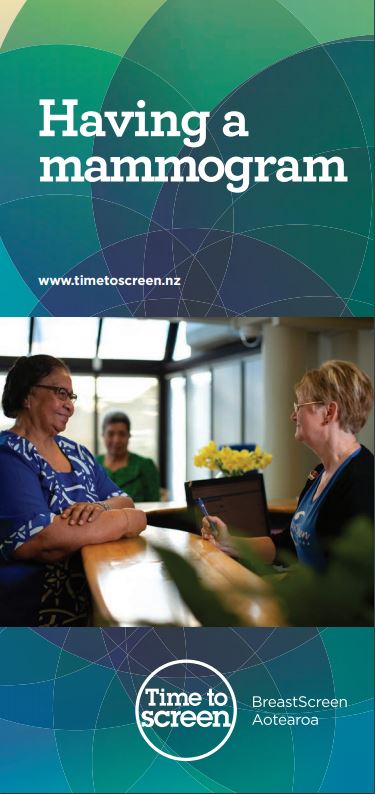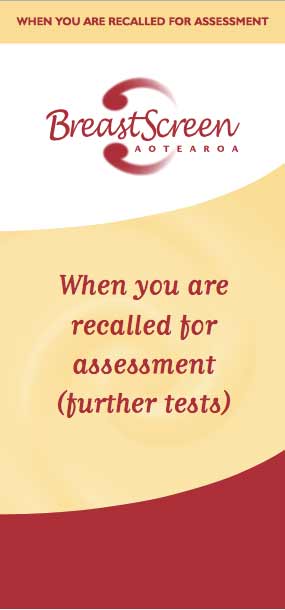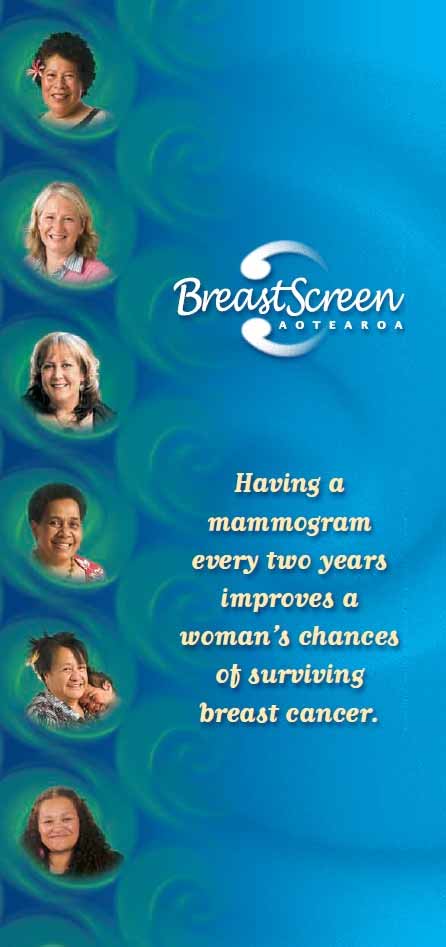The screening is done using a mammogram. A mammogram is a low-dose X-ray of your breast tissue to look for any early signs of breast cancer. It can show changes and abnormalities in your breasts before anything can be seen or felt.
A mammogram is the best available test to detect small cancers at an early stage. Catching cancers early means there is a very good chance of successful treatment.
- Screening mammograms can't prevent development of breast cancer, but are thought to reduce the chance of dying from breast cancer by about a third.
- Mammograms are most useful in women aged 50 years and over if done every 2 years.
- They can detect 8 to 9 out of 10 unsuspected breast cancers in women aged 45 to 69.
- Mammograms are safe because only very small amounts of radiation are used in 2-yearly screenings.
Read more about mammograms.
Video: Breast checks and mammograms – Breast Cancer Foundation NZ
This video may take a few moments to load.
(Breast Cancer Foundation NZ, 2019)
